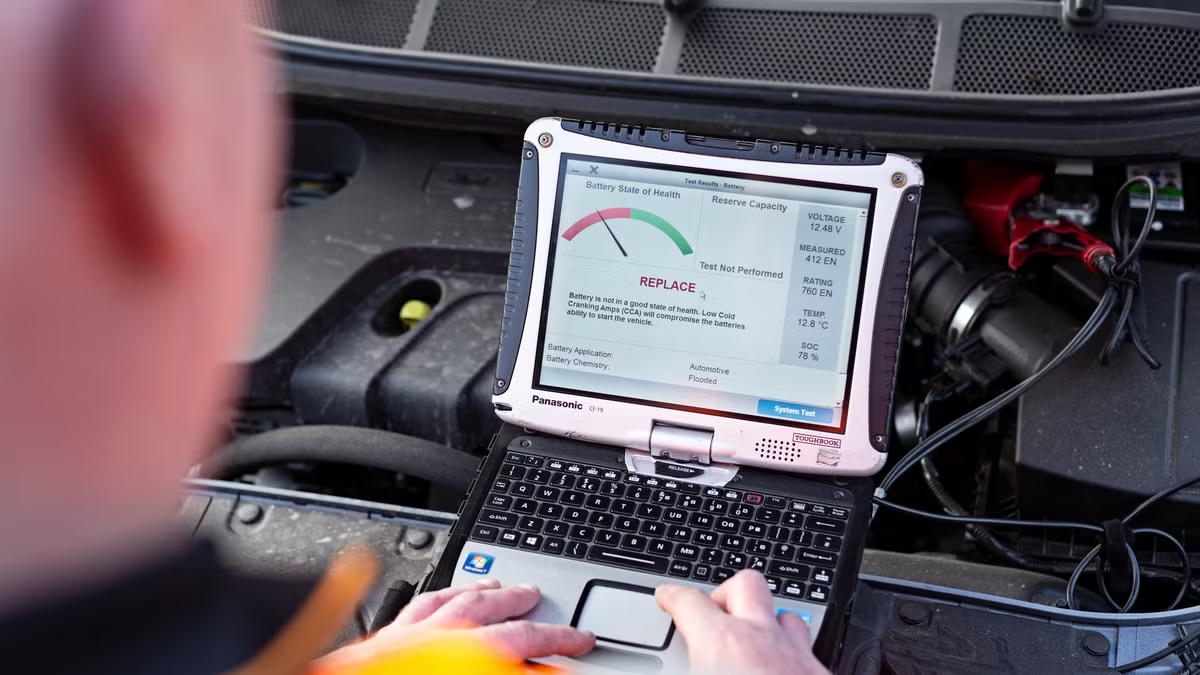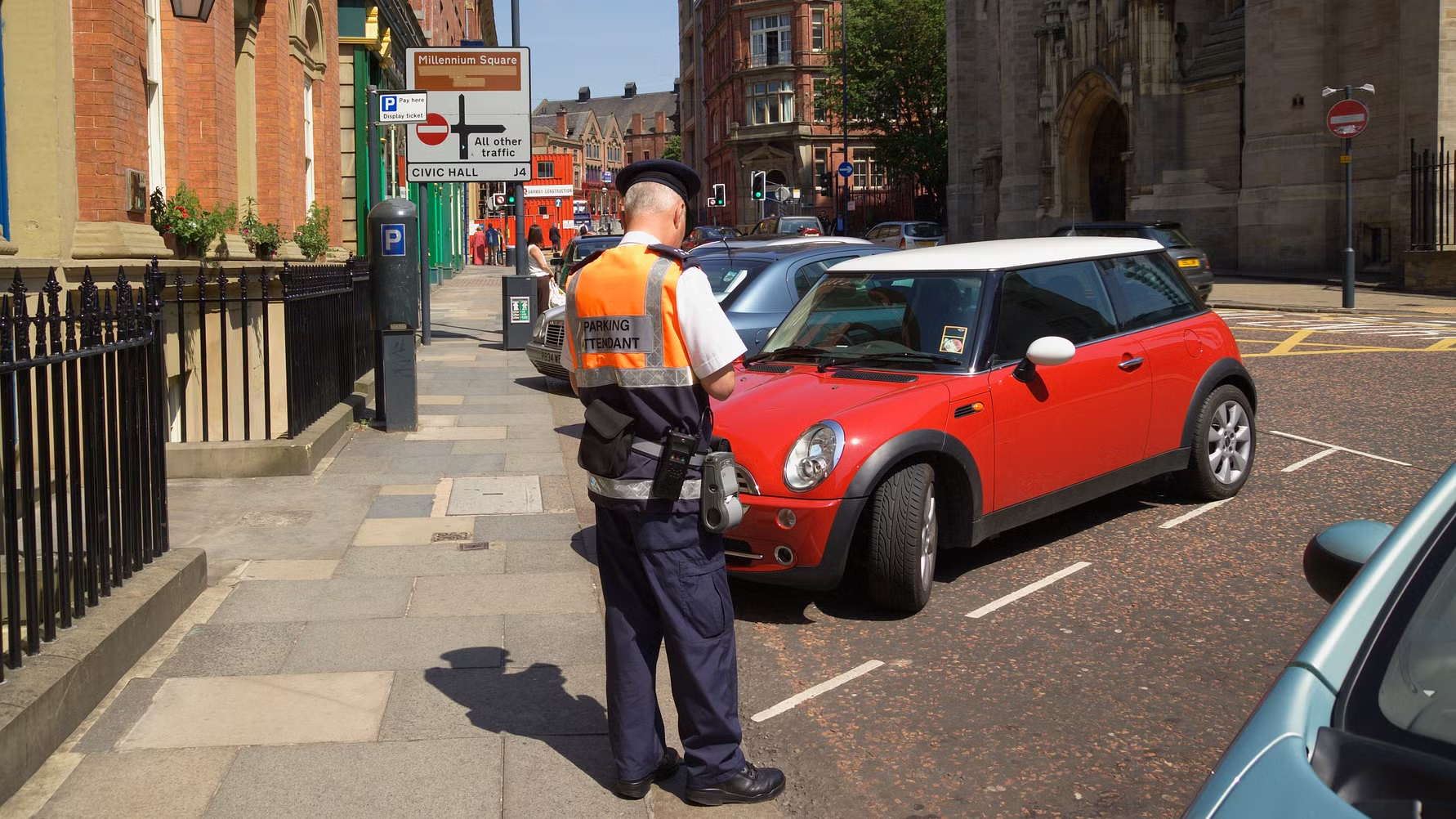
Drivers are being told they have been using the air conditioning in their car all wrong as the weather heats up across the UK.
The motoring experts at LeaseLoco.com have revealed that air conditioning for short car journeys is actually ineffective and have shared six ways to use the feature efficiently.
Using air conditioning on short journeys can actually increase a car’s fuel consumption by up to 10%.*
This is because air conditioning can take a while to circulate properly as the system needs time to cool down the air that is going to be pushed through the vents.
If your car has been sitting in the sun it can take even longer to cool everything down due to the warmer temperatures.
The experts state that when driving at speeds under 40mph on short journeys, rolling down the window is the best and quickest way to cool down in the car and won’t use up any fuel.
Going faster than 40mph with the windows open can create a lot of drag, causing your car to work harder.
John Wilmot, CEO of LeaseLoco.com said: “When you turn the AC on in your car it can take a while for the system to get going because it needs to make the refrigerant cold. This is the fluid that is used to cool the air.
“Once the fluid is cool, it’s then blown through the vents to cool the car down but replacing all of that warm air can take some time. It can take even longer if your car has been parked in the sun previously.
“This makes your car hotter and means the air conditioning has to work even harder in cooling the car down which is why it’s best to park in the sun or use sunshades.
“If you’re on a short journey and you’re driving under 40mph, you’re actually better off just opening the window to cool down rather than waiting for the aircon to kick in. It’ll be much more efficient and you won’t be using any more fuel.
“If you’re driving in an area that exceeds 40mph then you’ll want to switch to using air conditioning. Driving at higher speeds with your windows open can create a drag which will make your engine work much harder and will ultimately cause your car to use more fuel.”

SIX ways to use your air conditioning efficiently:
Air out the car first
If you have been parked in the sun and your car is particularly warm, consider rolling the windows down for a bit first before putting your air conditioning on. This will cool down the car, which means the aircon will have less work to do and will begin to fill your car with cool air quicker.
Start driving
Aircon works best when your engine is running so start the car up and begin driving for a few minutes before turning it on.
Use the recirculation button
Pressing the recirculation button in your car while the aircon is on will mean that your car will reuse the cool air already inside instead of constantly pulling new, hot air from outside.
Don’t set it to maximum straight away
When you’re hot and bothered, it can be tempting to turn up the aircon on full blast in the hopes of cooling down, but this is actually much less efficient. Instead, start the aircon on medium and gradually increase it.
Keep the windows up
If you’re driving with the aircon on then it’s important to keep your windows closed. Having them open means that all of that cool air is escaping, which makes your aircon less effective and causes your car to use more fuel.
Park in the shade if possible
Where possible, try to park your car out of the sun and in a shady spot instead. This will help keep your car cooler so that when you get into it, the aircon has less work to do. If your driveway naturally gets a lot of sun, consider using a sunshade on your car.
LeaseLoco is the UK’s biggest car lease comparison website, making it super quick and easy for drivers to filter and compare millions of deals from the UK’s leading car leasing companies to best suit their needs.




















